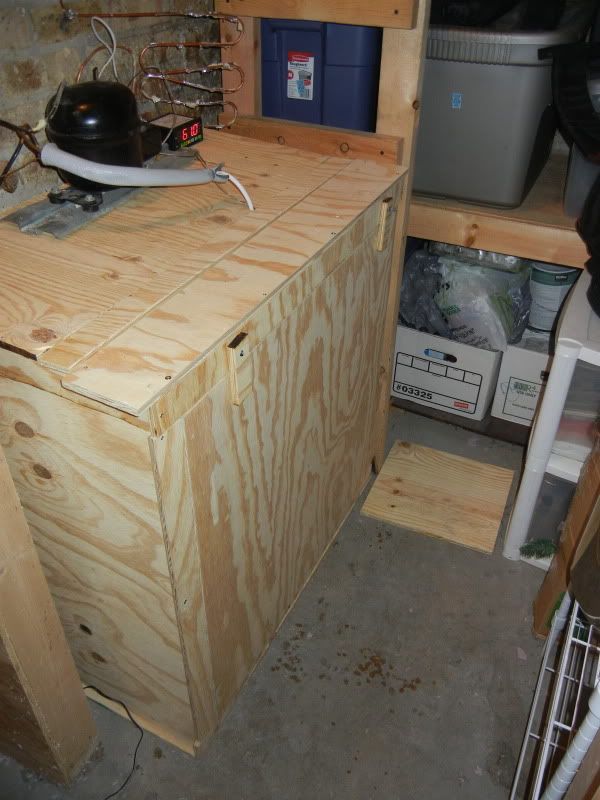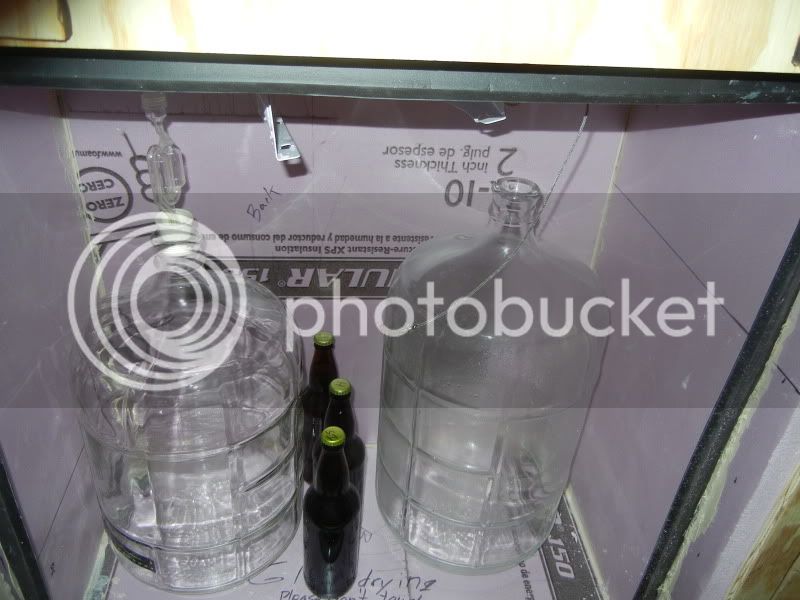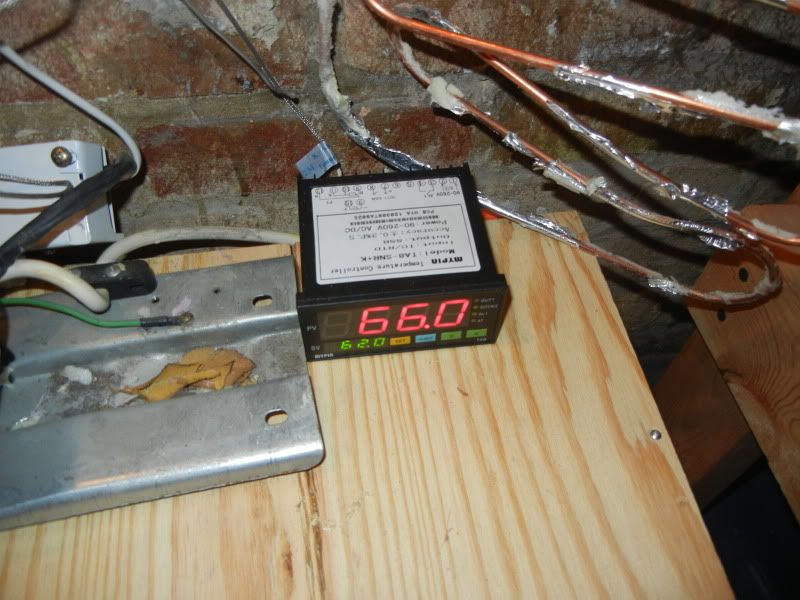Happy Easter!
This is my first post on the forum, and I'd like to thank everyone who contributes. I've learned a lot from all of you, so I figured I could share what I built with the few people who would understand how excited I am about this.
So I've been home brewing since about Christmas when my wonderful wife bought me the equipment I needed to get started, and I've completely fallen in love. About 4 weeks ago, I brewed up a hefeweizen and the temperature spiked to about 85 degrees, which made the house way to warm for my beer. I tried the T-shirt evaporation cooling method to no avail. I couldn't get the temperature down long enough consistently to keep the taste I wanted, and I ended up with a very very very fruity hefeweizen. So...I decided to build a fermentation chamber. Here it is.


The whole thing was loosely based on the plans found here:
http://www.wortomatic.com/articles/38DD-Mother-of-a-Fermentation-Chiller
I took the basic shape of the fermentation chamber in the link, but took off some height since I used a fridge to chill instead of ice.
For temp control used a $30 mypin PID controller. It was relatively easy to wire (even for a guy like me with no electrical knowledge) after I found a tutorial in a thread on this site. A thread which I can't find anymore, unfortunately. Here it is.

As far as results go, it'll hold Ale temperatures pretty easily, and I'm testing lager temperatures as we speak.
I mounted the compressor on the top of the chamber because I have very limited space in my storage unit
This is my first post on the forum, and I'd like to thank everyone who contributes. I've learned a lot from all of you, so I figured I could share what I built with the few people who would understand how excited I am about this.
So I've been home brewing since about Christmas when my wonderful wife bought me the equipment I needed to get started, and I've completely fallen in love. About 4 weeks ago, I brewed up a hefeweizen and the temperature spiked to about 85 degrees, which made the house way to warm for my beer. I tried the T-shirt evaporation cooling method to no avail. I couldn't get the temperature down long enough consistently to keep the taste I wanted, and I ended up with a very very very fruity hefeweizen. So...I decided to build a fermentation chamber. Here it is.


The whole thing was loosely based on the plans found here:
http://www.wortomatic.com/articles/38DD-Mother-of-a-Fermentation-Chiller
I took the basic shape of the fermentation chamber in the link, but took off some height since I used a fridge to chill instead of ice.
For temp control used a $30 mypin PID controller. It was relatively easy to wire (even for a guy like me with no electrical knowledge) after I found a tutorial in a thread on this site. A thread which I can't find anymore, unfortunately. Here it is.

As far as results go, it'll hold Ale temperatures pretty easily, and I'm testing lager temperatures as we speak.
I mounted the compressor on the top of the chamber because I have very limited space in my storage unit




